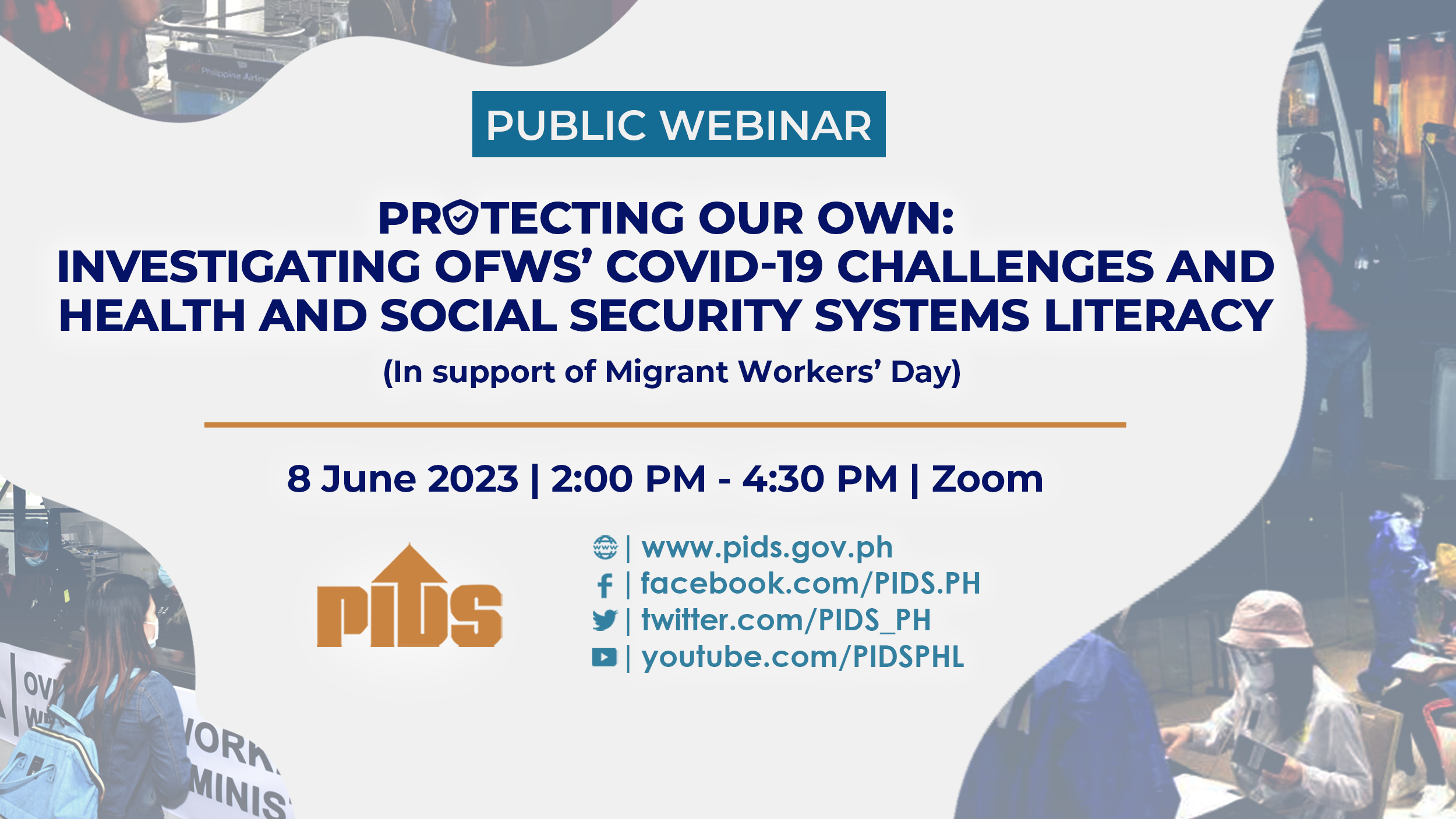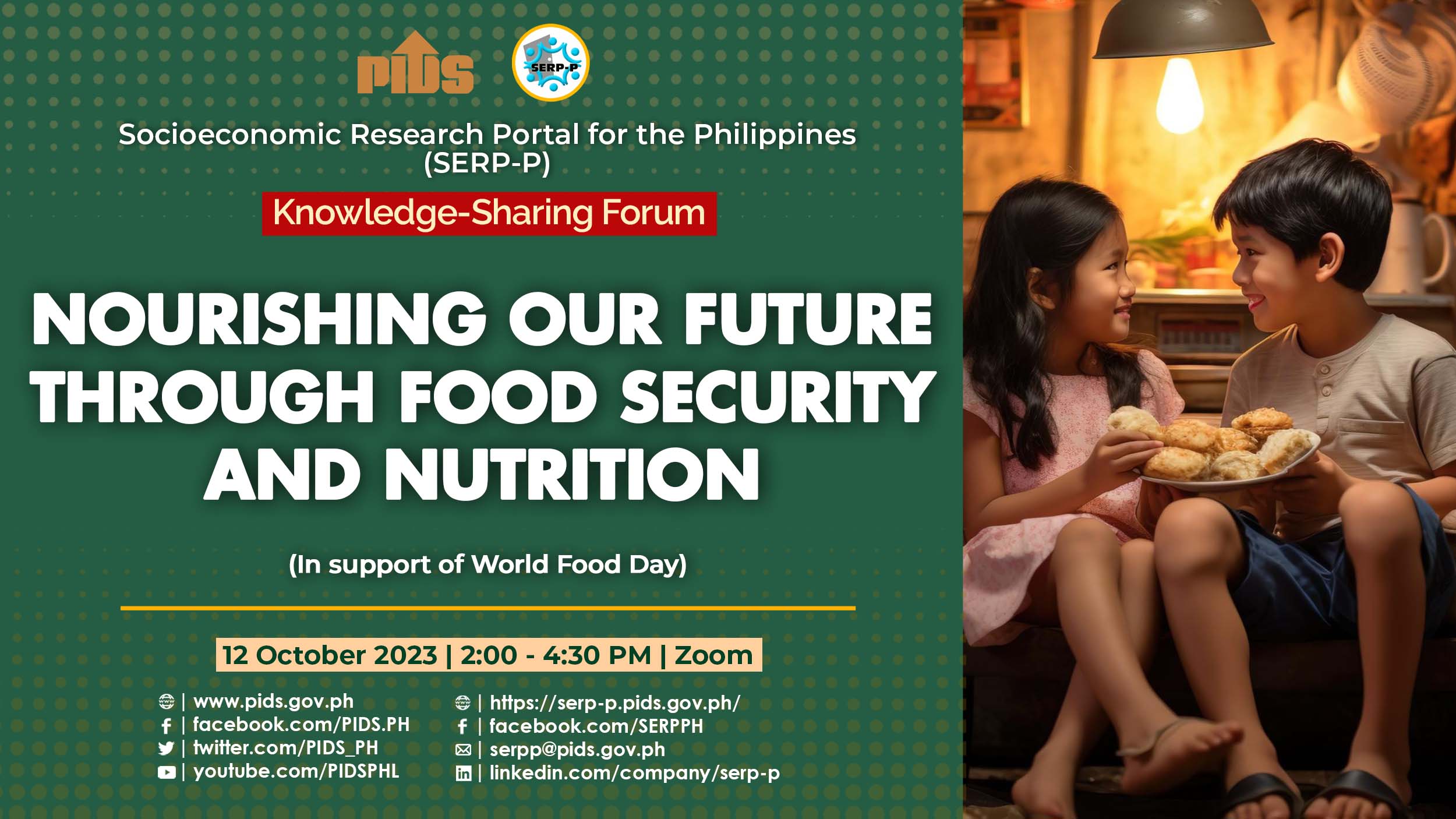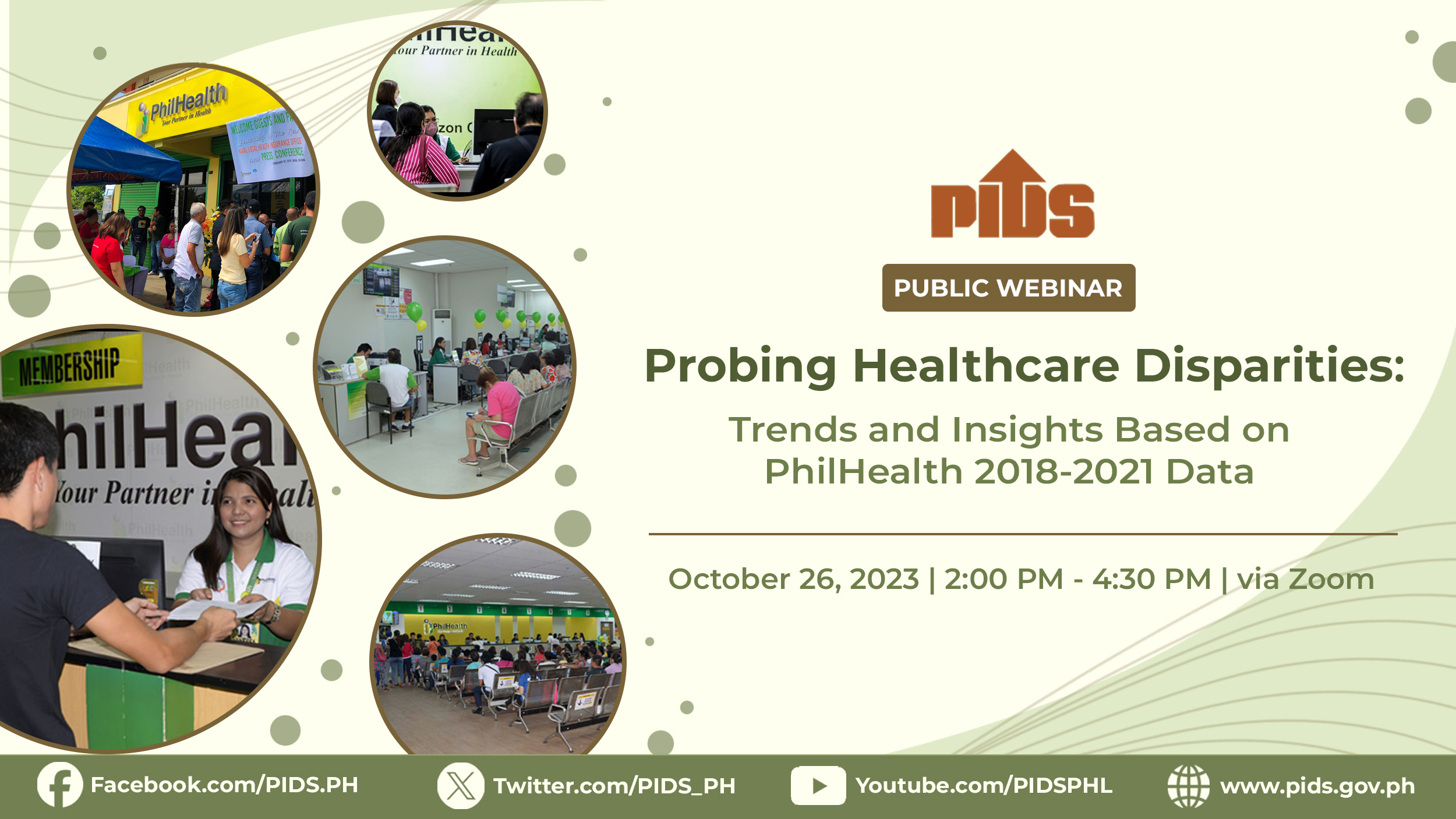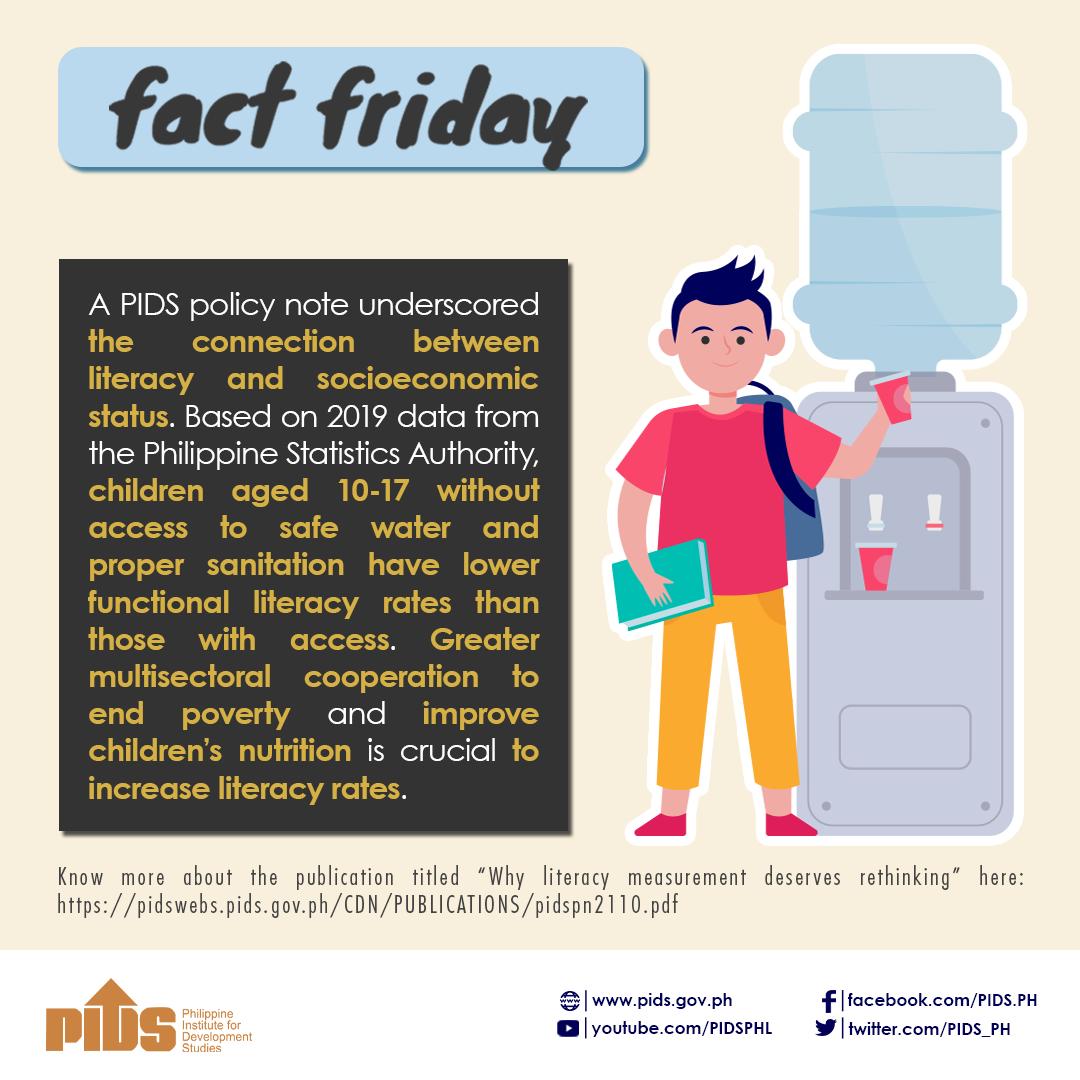PRE-election speculations on who will win in the upcoming polls keep referring to the “ABCDE” classes in our population. Those in the “AB” class are the rich, the well-educated holding well-paying jobs, the elite. They are in the minority as voters. Those in the CD and E classes are the very poor or struggling poor, the underprivileged and disadvantaged. They are in the majority and will determine the outcome of the elections. The Tagalog term laylayan has become a common word, meaning, the marginalized and referring to the “CDEs.”
In Viber messages I read, there is an implied reference to the “CDE” as the gullible who are easily influenced by fake news, misinformation and disinformation through social media. There is even the presumptuous air of despair that considers the “CDE” as largely “uneducated voters” who should know better.
This observation has led me to check on our poverty statistics again since I have been prone to gloss over the interminable figures, tables and charts they usually present. This time I did not just read or “see” the statistics; I started to “feel” the statistics.
The socioeconomic classification made me realize much more how very uneven income levels are in the country, how lopsided the economic opportunities available to the various classes, how inequitable the distribution of wealth, how extremely differentiated Filipinos are in the enjoyment of even the most basic of necessities.
The state of socioeconomic inequalities in the country borders on being shamefully immoral. (There, I said it and got it off my chest.) But let’s move on.
The basic reference point for the socioeconomic classification in use by the Philippine Statistics Authority (PSA) is the poverty threshold, which is the minimum income/expenditure for a family of five to meet their basic food and non-food requirements. This family poverty threshold on average, per month, is recently estimated at P12,082 by PSA.
Parenthetically, this estimated amount appears grossly unrealistic and unbelievable, most certainly for Mero Manila. How this estimate was arrived at I do not know. But let us just accept the figure for our discussion. They have their methodology and reasons.
In the first semester of 2021, the PSA reports that among families, poverty incidence was estimated at 18.0 percent, i.e. below the poverty threshold, which translates to 4.74 million poor families. (NEDA Report. December 17, 2021)
If it were subsistence incidence (covering basic food only) to be calculated, the estimate is 7.1 percent, translating to 1.87 million food-poor families.
There were an estimated 21.0 million Filipino families in 2021.
The Philippine Institute for Development Studies (PIDS) has a classification that parallels the “ABCDE” classification:
- Poor: Below poverty threshold
- Low Income (but not poor): Between poverty line and poverty line times 2
- Lower Middle Income: Between 2x and 4x poverty line
- Middle Middle Income: Between 4x and 7x poverty line
- Upper Middle: Between 7x and 12x poverty line
- Upper Income (but not rich):
- Between 12 and 20x poverty line
- Rich: At least 20x poverty line
(Retrieved from moneymax.ph/personal finance/articles/social.class.philippines. Updated January 12, 2022)
The situation of inequality is exacerbated by events beyond our control, e.g. the price of imported oil now threatening to accelerate the inflation rate, which in turn will make the income differentials more painful to the “CDEs.” Climate change-related adversities as occurrences that are already impacting on the low-income population. And, of course the pandemic wreaked havoc on businesses, employment availabilities, household income and levels of family welfare and standards of living.
Our government is admittedly doing its part to alleviate the inequalities but those are largely policies with good intentions but short in effective implementation. I have in mind the rampant corruption in government agencies which all but reverse any good intentions of policymakers.
So what else is new? This is the wrong question to ask. The better question is, What can we, as individuals, do? If you are reading this column, you are most probably in the “AB” class occupying some position of leadership. You are living a fairly comfortable life.
The SWS poverty report for May 2021 perhaps expresses more starkly the painful reality of poverty in the Philippines. On a self-rated basis, 50 percent of families said they felt poor, 33 percent said they were borderline poor, 16 percent said they were not poor. Based on the estimated number of 21 million families, 83 percent felt they were poor or borderline poor!
The self-rated poverty threshold used was: P20,000 in NCR; P15,000 in rest of Luzon; P10,000 in Visayas; and, P12,000 in Mindanao. (http://www.sws.org.ph/swsmain/artcldisppage/?artcsyscode=ART-20210725144428)
These statistics define our divided society, characterized by wide inequalities in incomes which translate to severe disparities in opportunities not just in a material sense but in personal human development. This festering condition breeds deep feelings of envy, resentment and unfairness that can ignite social unrest. It is a scenario of felt social injustice that can only stir up unwelcome rivalries within our society.
But what can one person do to reverse this seemingly entrenched condition of economic disparities, however pressing this problem might be?
I have no ready answer nor will I pretend I will have. But next time you sit down with your family around your dinner table, as you pray for the Lord’s blessings “upon the food we are about to receive from your bounty,” pray also for those who have no food, and be grateful, be very very grateful to the Lord.











